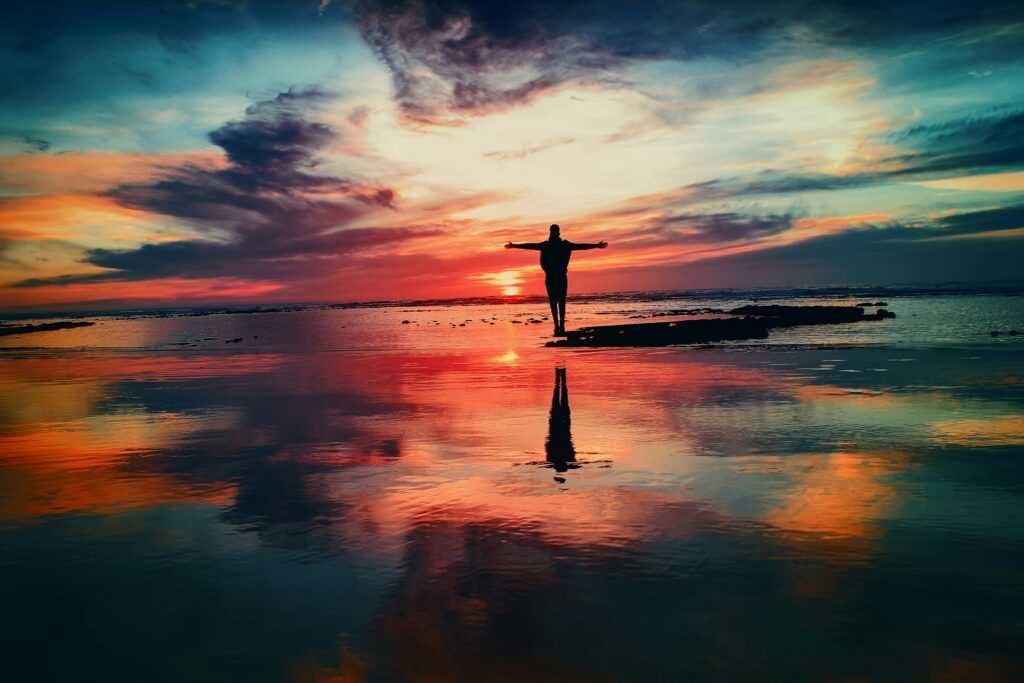Beautiful Sunrise Landscape Photography
Gear and Settings
When it comes to capturing stunning sunrise landscape photos, having the right gear and settings is crucial. Make sure to use a DSLR or mirrorless camera with a wideangle lens to capture the expansive beauty of the sunrise. A tripod is also essential to ensure sharp images, especially in low light conditions. As for settings, consider shooting in manual mode to have full control over your exposure settings. Start with a low ISO (around 100400) to reduce noise, and set your aperture between f/8 and f/16 for sharpness throughout the frame. Adjust your shutter speed to properly expose the scene, keeping in mind that longer exposures can create a dreamy, ethereal effect.
Location and Composition
Finding the perfect location for your sunrise landscape photography is key to creating a memorable shot. Scout out potential locations beforehand to determine the best vantage points and compositions. Consider factors such as foreground interest, leading lines, and the position of the sun relative to your scene. Arrive early to set up your gear and compose your shot before the sun begins to rise. Experiment with different compositions, such as using the rule of thirds or framing your subject with natural elements like trees or rocks. Remember to pay attention to details such as light and shadow, as they can add depth and drama to your images.
Lighting and Timing
Lighting is essential in sunrise landscape photography, as it can make or break your shot. Pay attention to the quality, direction, and color of the light as the sun rises. Soft, warm light during the golden hour can create a magical atmosphere, while harsh light can wash out colors and details. Experiment with different angles and positions to make the most of the available light. Timing is also crucial, as the quality of light can change rapidly during sunrise. Be prepared to shoot quickly and make adjustments to your settings as needed to capture the best possible image.
PostProcessing and Editing
Once you’ve captured your sunrise landscape photos, the next step is to postprocess and edit them to enhance their beauty. Start by importing your images into a photo editing software such as Adobe Lightroom or Photoshop. Adjust the exposure, contrast, and colors to bring out the best in your photos. Pay attention to details such as highlights and shadows, as well as noise reduction and sharpening. Experiment with creative effects such as adding a vignette or adjusting the white balance to create a unique look. Remember that postprocessing is a personal preference, so don’t be afraid to experiment and find your own style.
Conclusion
Capturing beautiful sunrise landscape photography requires a combination of technique, creativity, and patience. By using the right gear and settings, finding the perfect location and composition, paying attention to lighting and timing, and postprocessing your images effectively, you can create stunning photos that capture the essence of a sunrise. Remember to stay flexible and open to new ideas, and most importantly, enjoy the process of capturing the natural beauty of the world around you. Happy shooting!
Photoacompaa

 Chelsea Haynes is a valued member of the Awesome Football Network team, where she excels as a skilled contributor and article writer. With a sharp eye for detail and a deep love for football, Chelsea produces compelling content that covers a diverse range of topics, including team dynamics, player performances, and game strategies. Her insightful articles are crafted to engage and inform readers, providing them with a deeper understanding of the sport.
Chelsea's expertise and dedication to football journalism enhance the quality of content at Awesome Football Network. Her contributions help keep the platform at the forefront of football news, ensuring that fans and professionals alike stay well-informed and connected to the latest developments in the world of football.
Chelsea Haynes is a valued member of the Awesome Football Network team, where she excels as a skilled contributor and article writer. With a sharp eye for detail and a deep love for football, Chelsea produces compelling content that covers a diverse range of topics, including team dynamics, player performances, and game strategies. Her insightful articles are crafted to engage and inform readers, providing them with a deeper understanding of the sport.
Chelsea's expertise and dedication to football journalism enhance the quality of content at Awesome Football Network. Her contributions help keep the platform at the forefront of football news, ensuring that fans and professionals alike stay well-informed and connected to the latest developments in the world of football.
